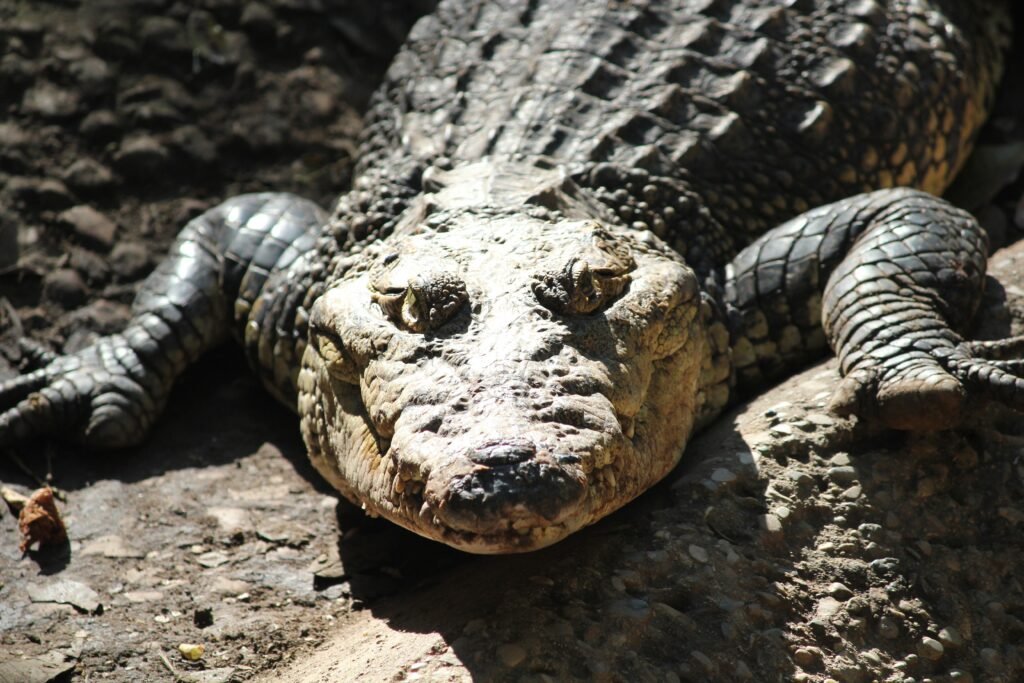Florida, often known for its sunny beaches and bustling theme parks, holds a title that might surprise many – the Alligator Capital of the World. This fascinating state is home to millions of these powerful reptiles, making it a unique hotspot for studying one of nature’s most formidable predators. Alligators have long captured the human imagination, serving as symbols of strength, stealth, and survival. But beyond their fearsome reputation, alligators provide invaluable insights into the story of evolution. By observing these creatures, we gain a deeper understanding of adaptation, survival, and the intricate dance of life on Earth.
The Resilient Reptile: A Glimpse into Alligator Evolution
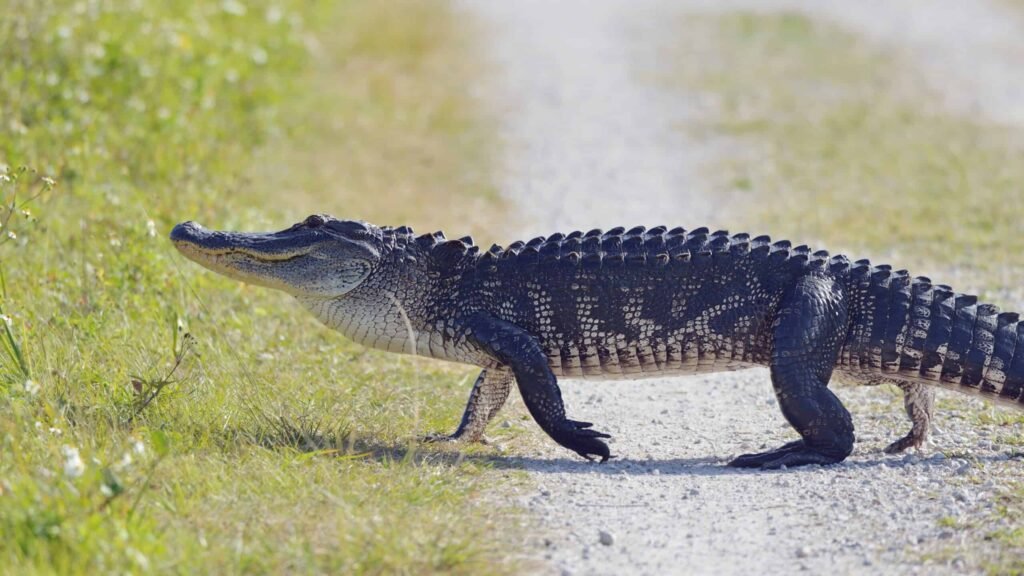
Alligators have been roaming the Earth for millions of years, with ancestors dating back to the time of the dinosaurs. These ancient creatures have witnessed massive shifts in the planet’s climate and geography, yet they remain largely unchanged. This incredible resilience can be attributed to their efficient body design and adaptive capabilities. Their semi-aquatic lifestyle, powerful jaws, and keen hunting instincts have allowed them to thrive in diverse environments. By studying alligators, scientists unravel the secrets of their evolutionary success, offering a glimpse into the past and clues about future adaptability.
Survival of the Fittest: Alligator Adaptations
The alligator’s astonishing adaptations are a testament to nature’s ingenuity. One of their most remarkable features is their armored skin, which acts as both a protective shield and a camouflage tool. This armor helps them survive attacks from predators and blend seamlessly into their swampy habitats. Additionally, their eyes and nostrils are located on top of their heads, allowing them to see and breathe while submerged. This adaptation is crucial for stealthy hunting and avoiding detection. These features highlight the intricate relationship between form and function, illustrating the concept of “survival of the fittest” in action.
Life in the Wild: The Alligator’s Ecosystem

Alligators play a vital role in maintaining the health of their ecosystems. As apex predators, they help regulate the populations of prey species, preventing overpopulation and ensuring ecological balance. Their presence also creates habitats for other species; for instance, the holes they dig for nesting and resting become crucial water sources during dry spells. This interconnectedness demonstrates the complex web of life, where each species contributes to the stability and sustainability of the environment. Observing alligators in their natural habitats provides valuable lessons in ecology and the importance of biodiversity.
Cold-Blooded Masters: The Physiology of Alligators
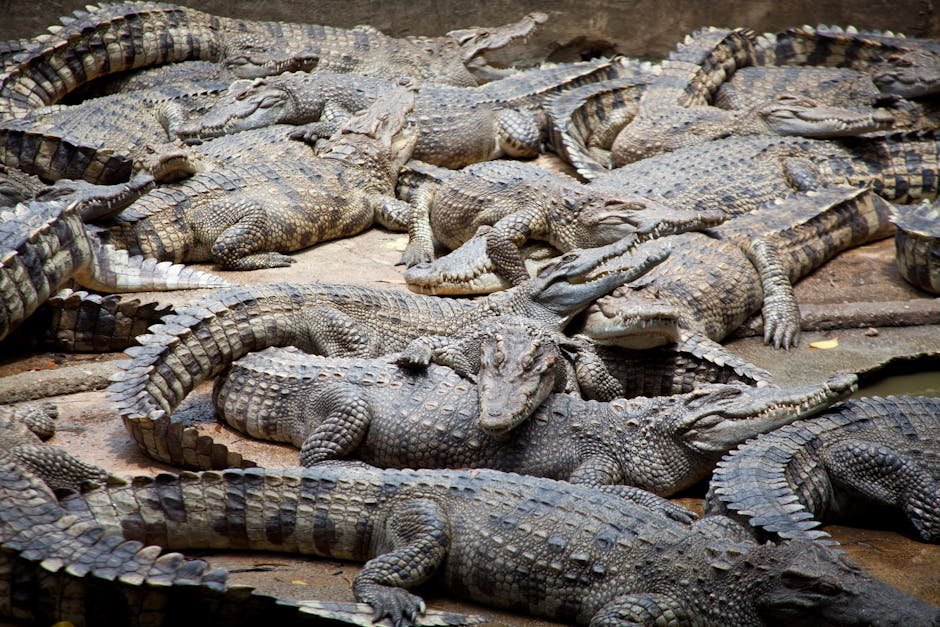
As ectothermic animals, alligators rely on external sources to regulate their body temperature. This physiological trait allows them to conserve energy by basking in the sun or seeking shade as needed. Their slow metabolism enables them to survive long periods without food, a crucial adaptation during lean times. This energy-efficient lifestyle offers insights into the diverse survival strategies employed by cold-blooded creatures. Understanding these physiological mechanisms sheds light on the adaptability and resilience of species facing changing environmental conditions.
Apex Predators: The Role of Alligators in Evolutionary Studies
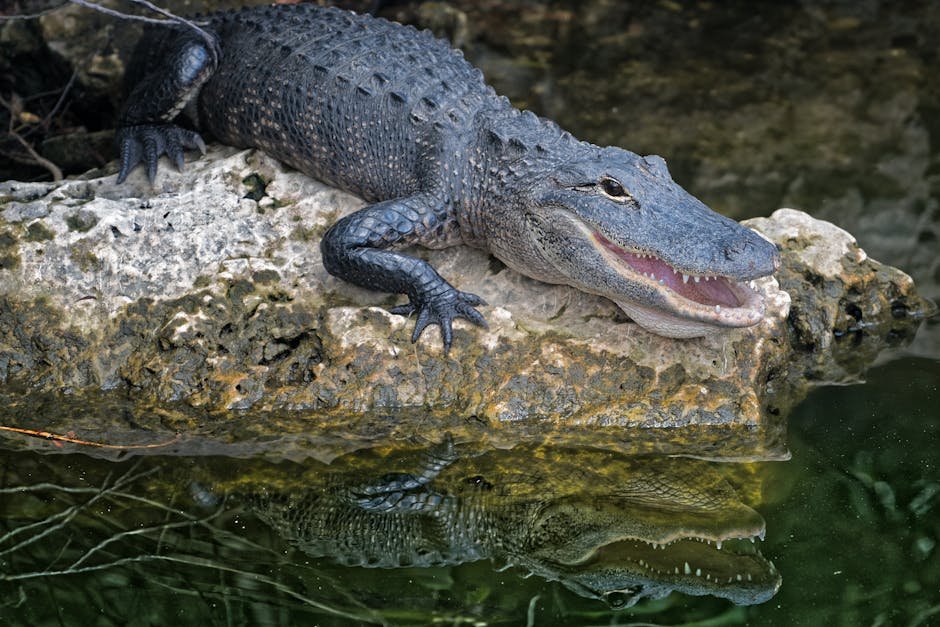
Alligators serve as key subjects in evolutionary research, offering a living laboratory for scientists studying adaptation and natural selection. Their long evolutionary history provides a unique window into the processes that drive species development and diversification. By examining alligators, researchers can explore questions about genetic variation, environmental pressures, and the mechanisms of evolution. These studies contribute to a broader understanding of evolutionary biology and the dynamic forces shaping life on Earth.
Lessons from the Swamp: Alligators and Human Interaction
The relationship between humans and alligators is complex and multifaceted. In Florida, where human populations intersect with alligator habitats, managing this interaction is crucial for safety and conservation. Education and awareness programs aim to promote coexistence, emphasizing the importance of respecting these powerful reptiles. Alligators also hold cultural significance, appearing in folklore, art, and local traditions. By learning to coexist with alligators, we not only protect ourselves but also preserve the delicate balance of nature.
Conservation Efforts: Protecting the Alligator Populations
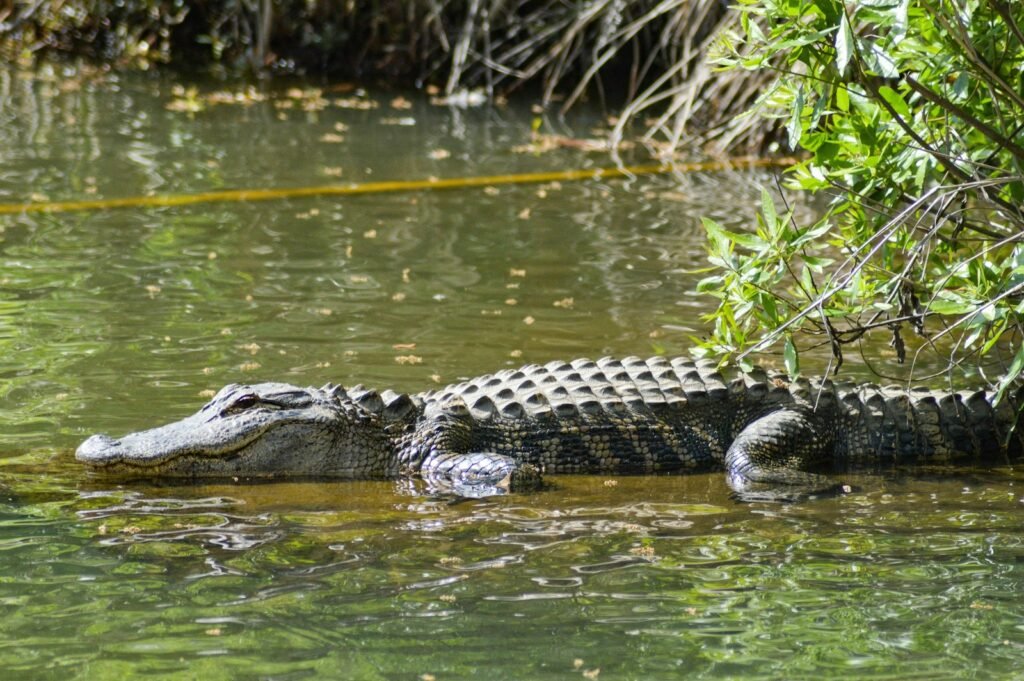
Conservation efforts have played a significant role in the recovery of alligator populations in Florida. Once threatened by habitat loss and hunting, these reptiles have made a remarkable comeback thanks to strict regulations and public awareness campaigns. Conservationists work tirelessly to protect alligator habitats, ensuring their survival for future generations. This success story highlights the power of collective action and the importance of preserving biodiversity. By safeguarding alligators, we contribute to the broader goal of environmental conservation.
The Alligator’s Legacy: Insights into Climate Adaptation
Alligators offer valuable insights into climate adaptation, as their resilience to environmental changes provides clues about how species might respond to global warming. Their ability to thrive in diverse climates and habitats underscores the importance of adaptability in the face of climate change. By studying alligators, scientists gain a better understanding of the strategies that can help species survive and thrive in a warming world. This knowledge is crucial for developing conservation strategies and mitigating the impacts of climate change on wildlife.
The Fascination Continues: Alligators in Popular Culture
Alligators have captivated human imagination for centuries, appearing in myths, legends, and popular culture. From movies to literature, these formidable creatures symbolize both danger and mystery. Their portrayal in media often reflects societal attitudes towards nature and the unknown. By exploring alligators’ cultural significance, we gain insights into the human psyche and our relationship with the natural world. This fascination with alligators underscores the enduring allure of these remarkable reptiles.
Conclusion: What Alligators Teach Us About Evolution
The story of the alligator is a testament to the power of evolution and the intricate dance of life on Earth. These ancient reptiles have survived the test of time, offering valuable lessons in adaptation, resilience, and survival. By studying alligators, we gain insights into the mechanisms of evolution and the delicate balance of ecosystems. Their remarkable story reminds us of the importance of preserving biodiversity and coexisting with nature. As we continue to explore the mysteries of evolution, alligators stand as living reminders of the dynamic forces shaping the world around us.

